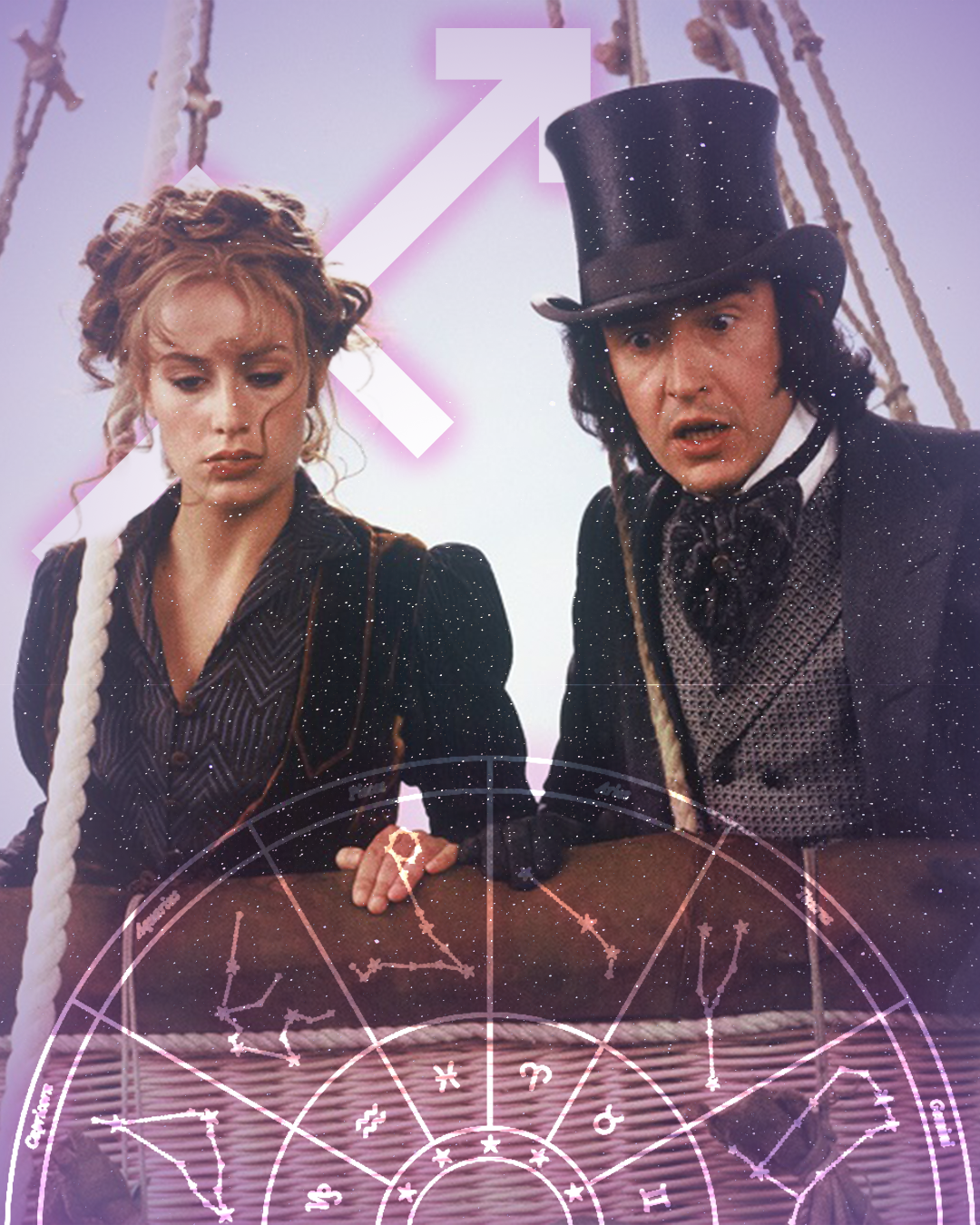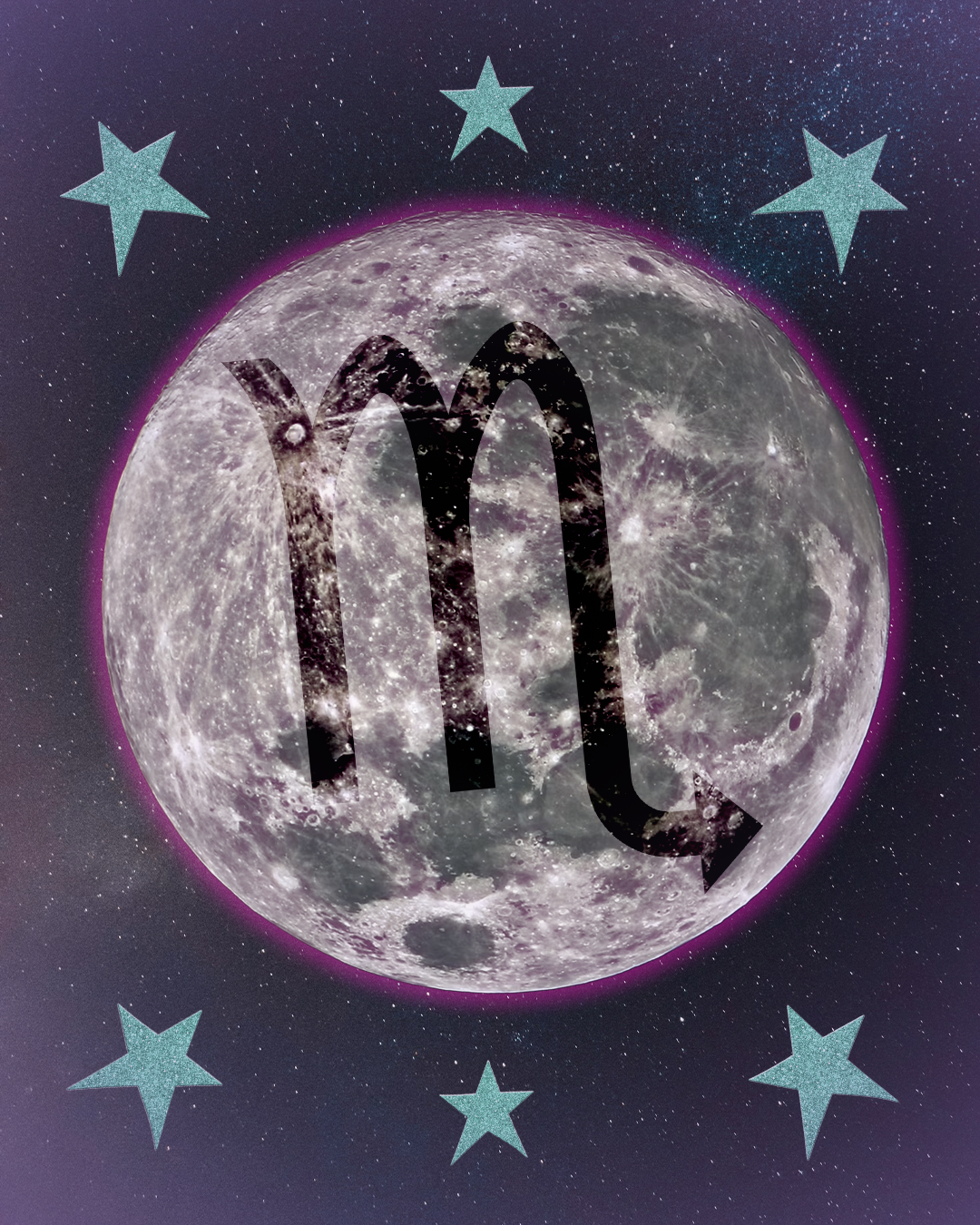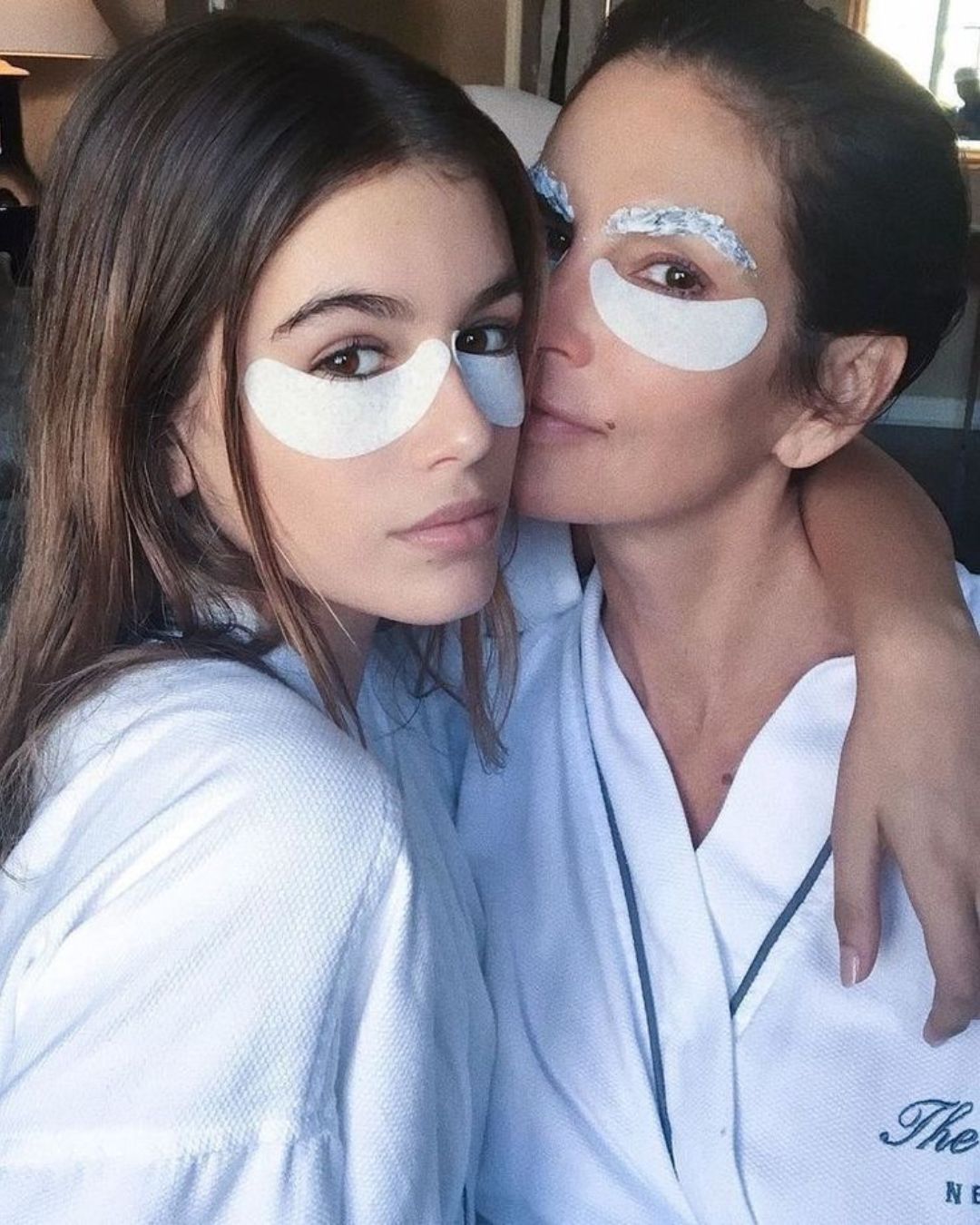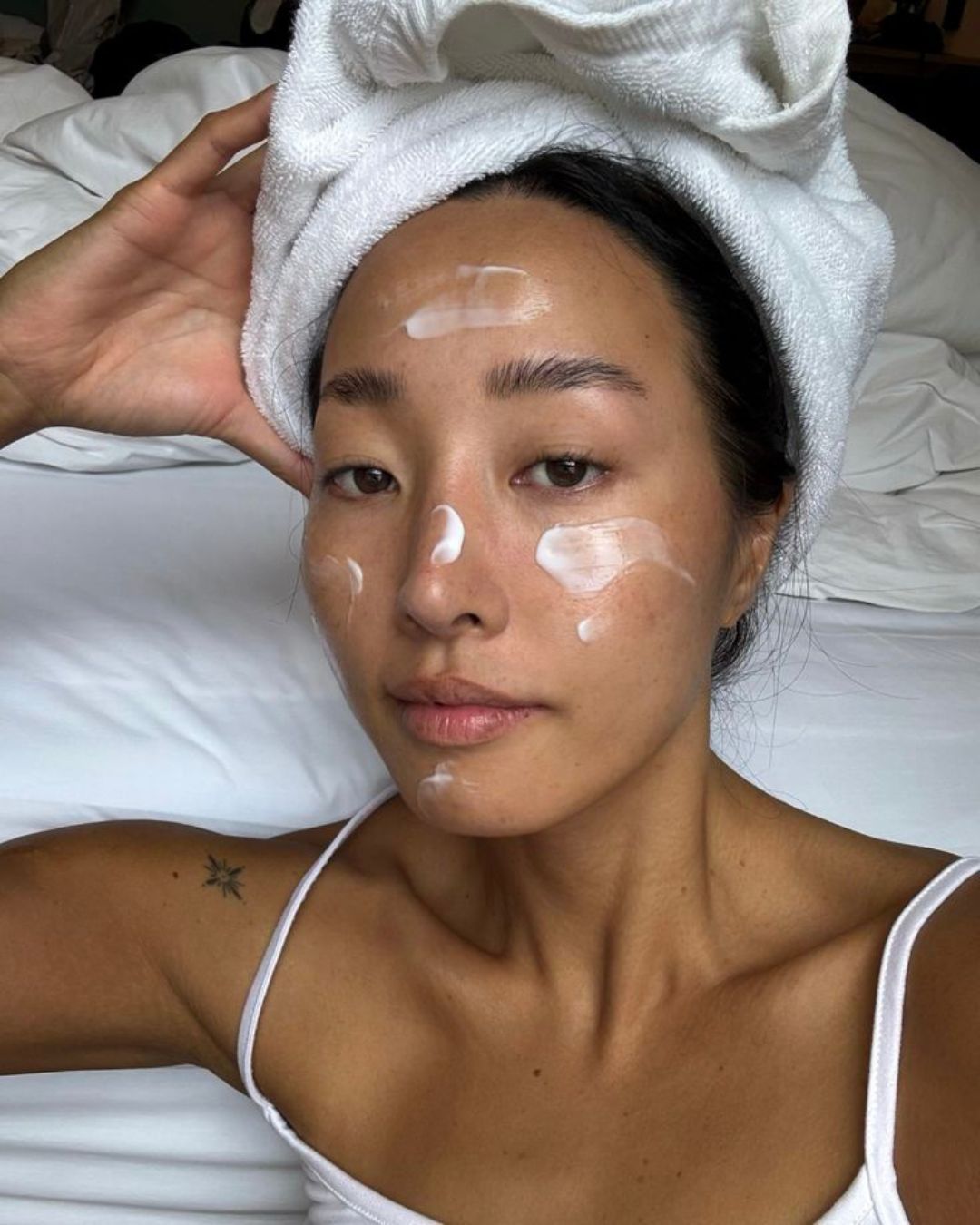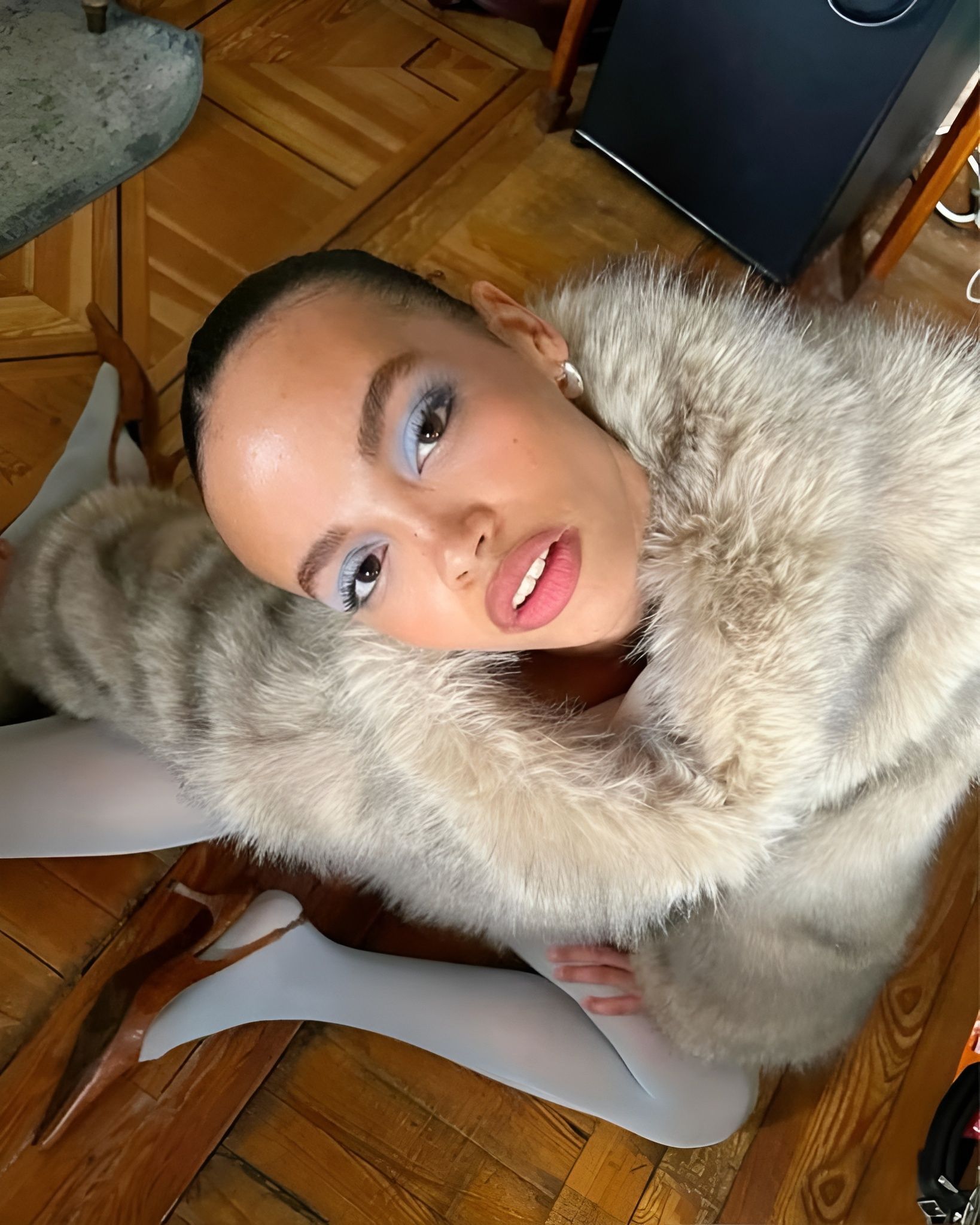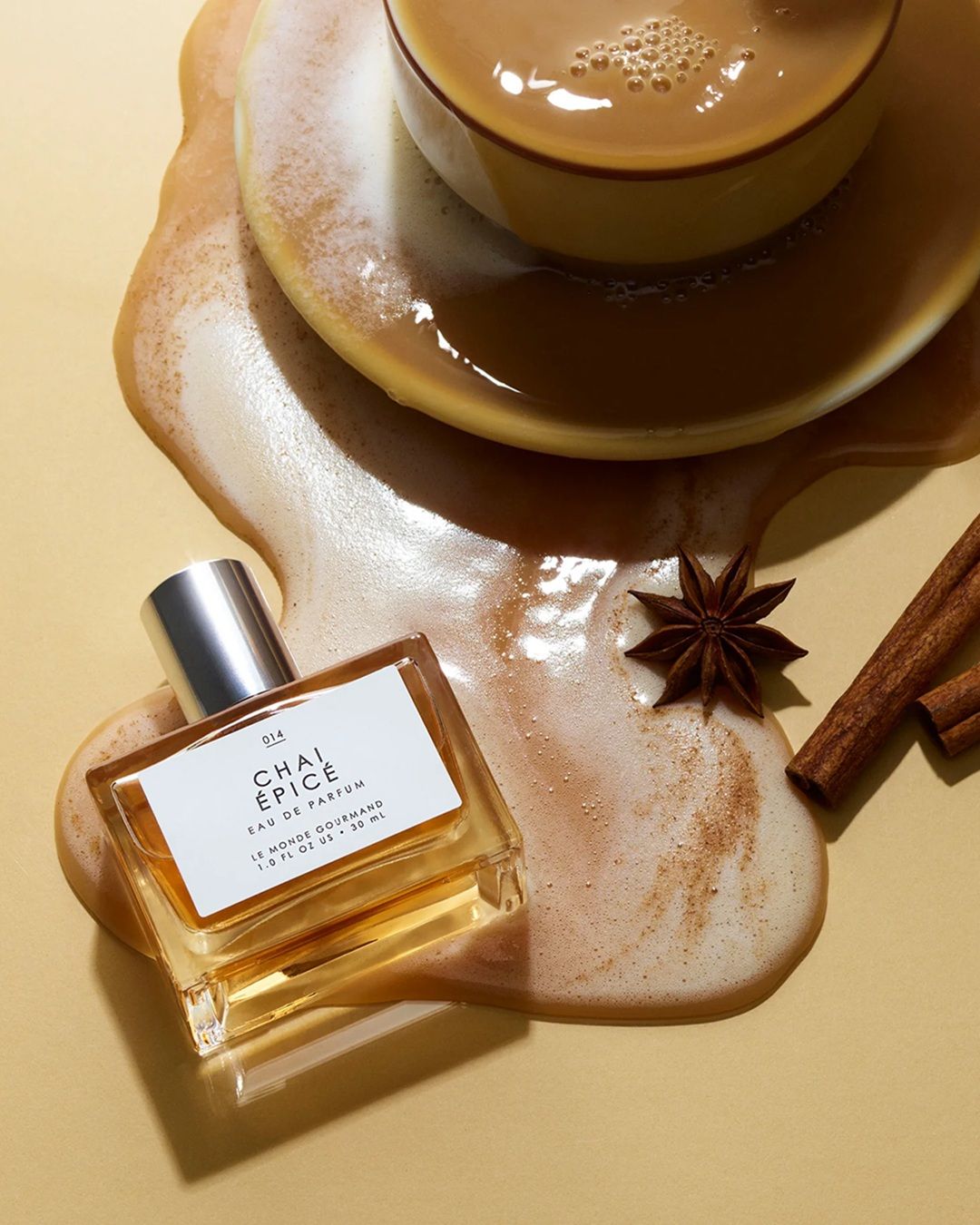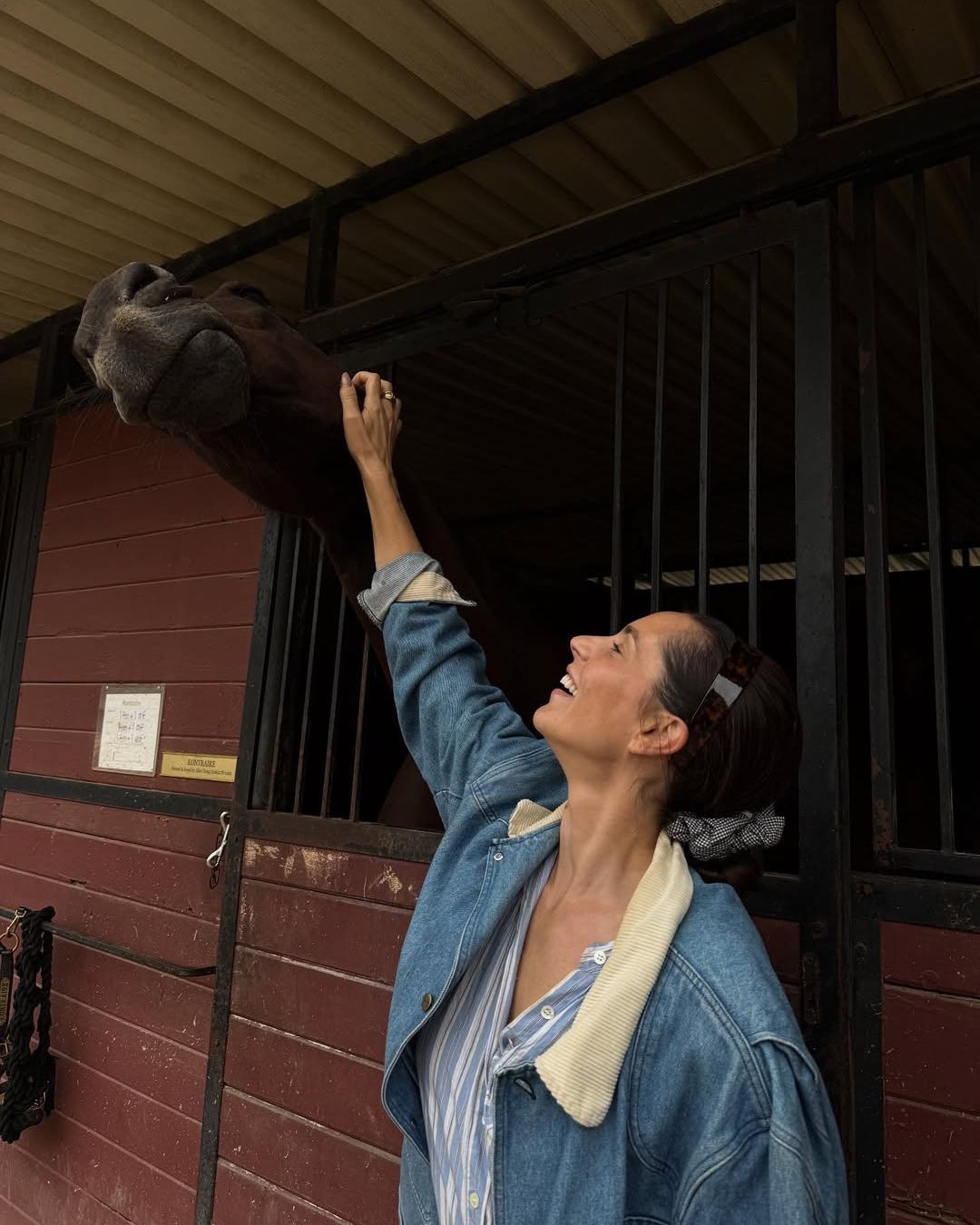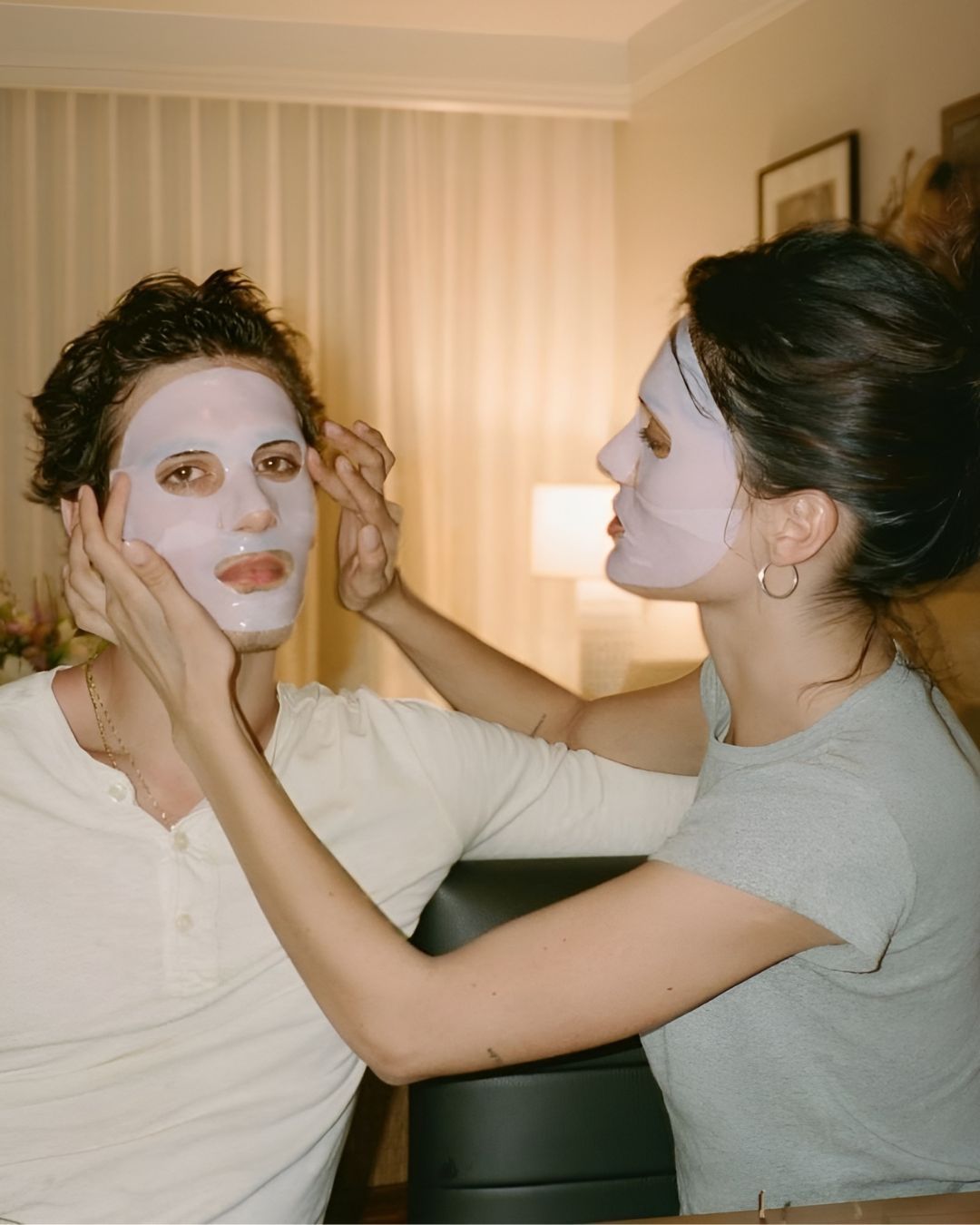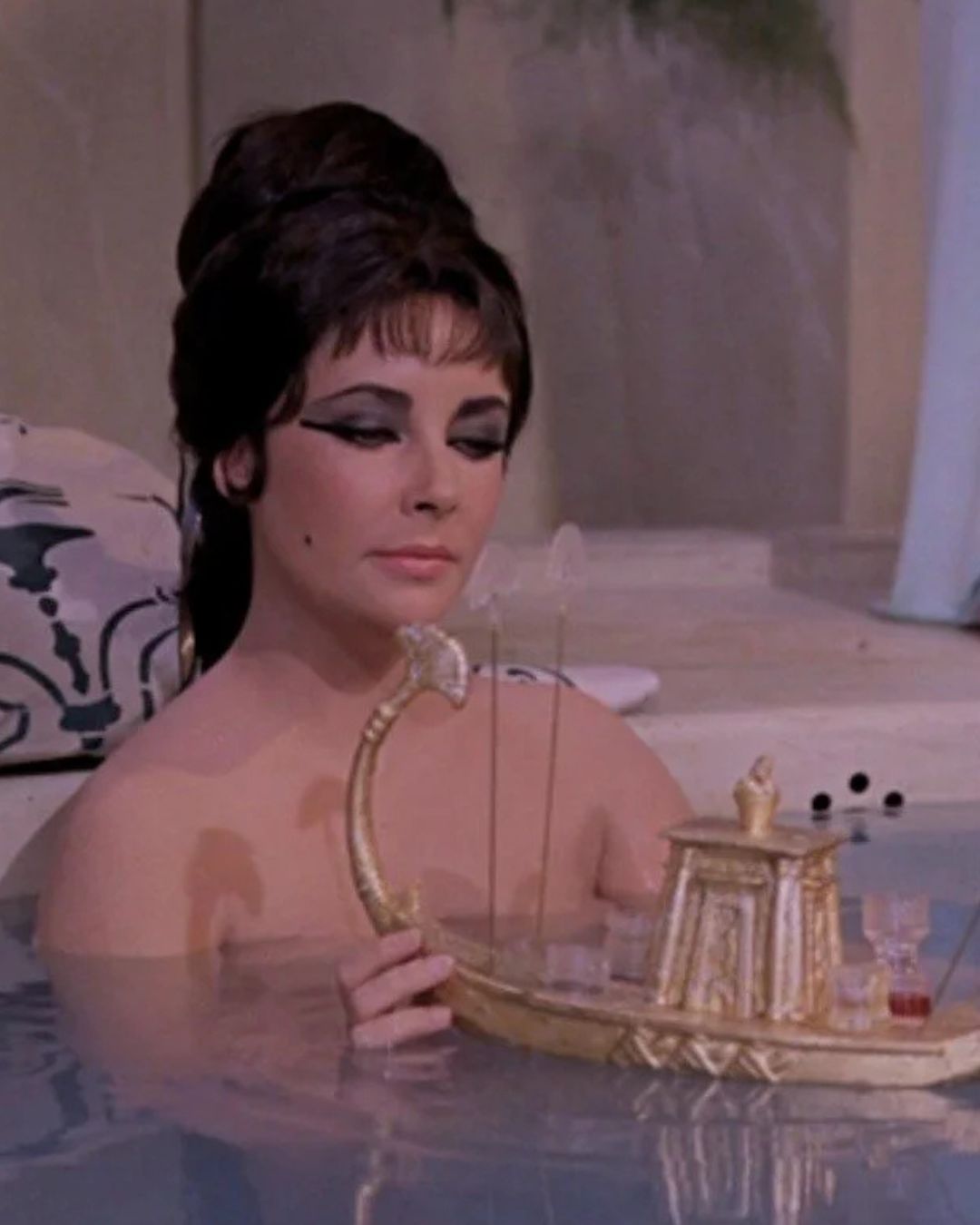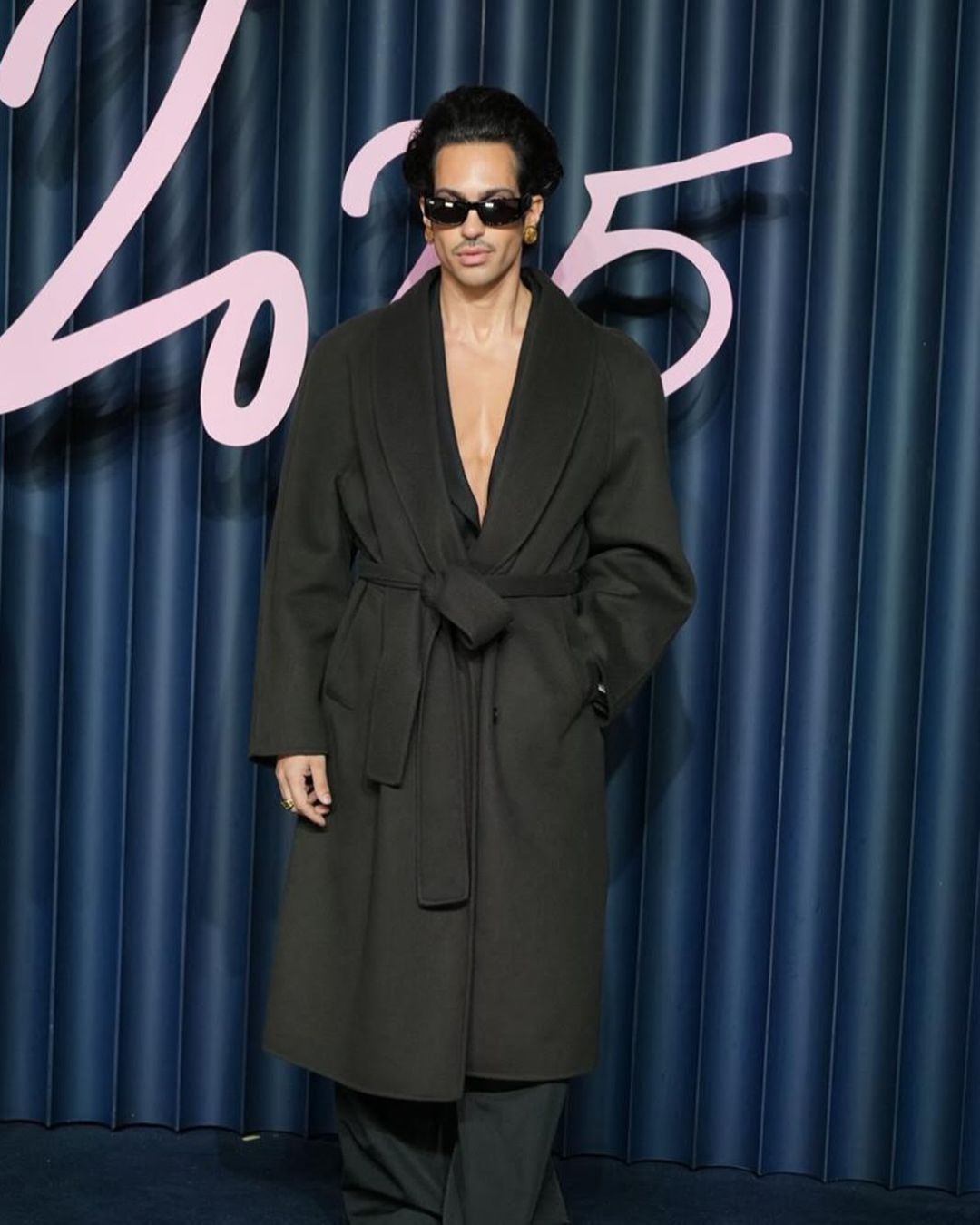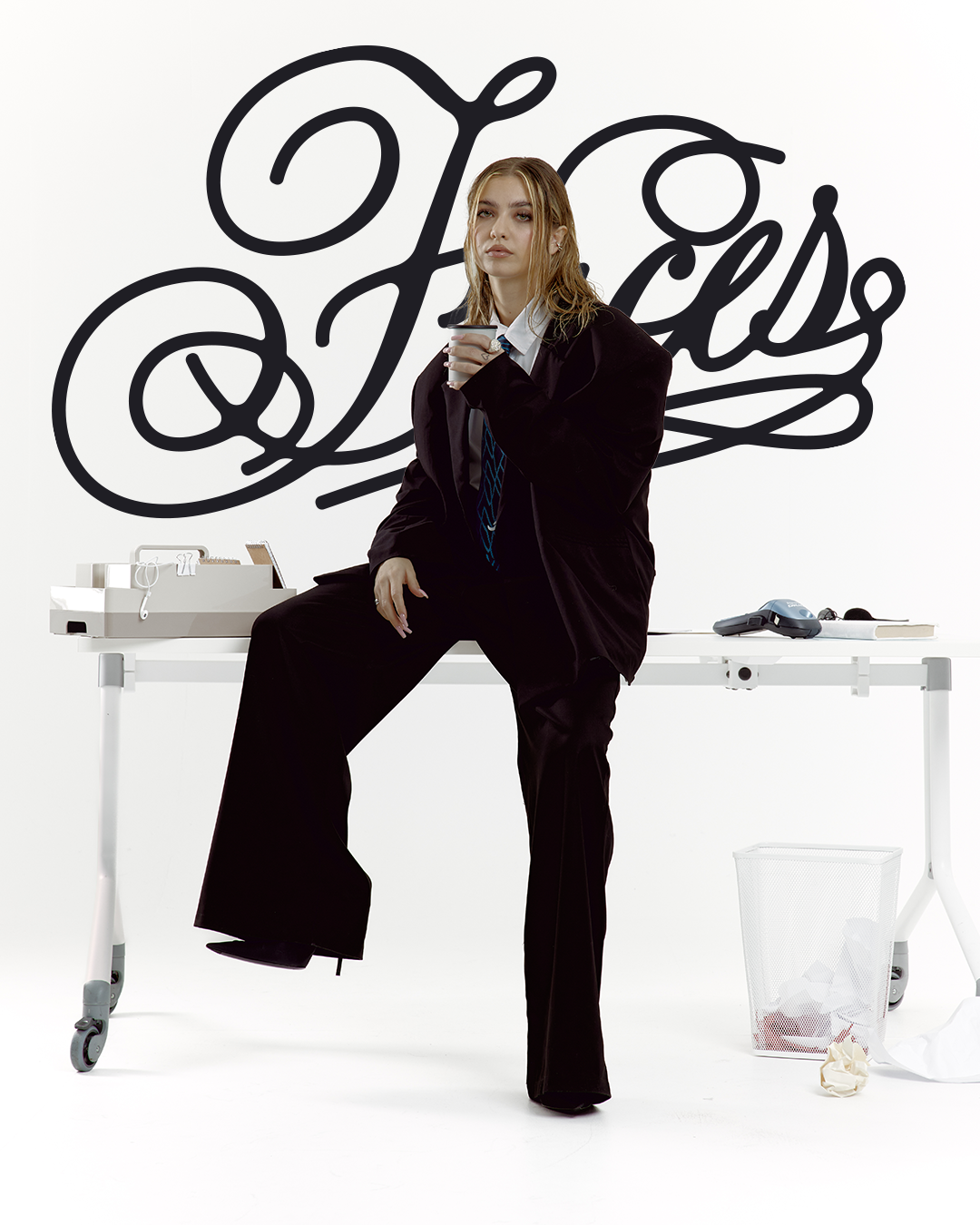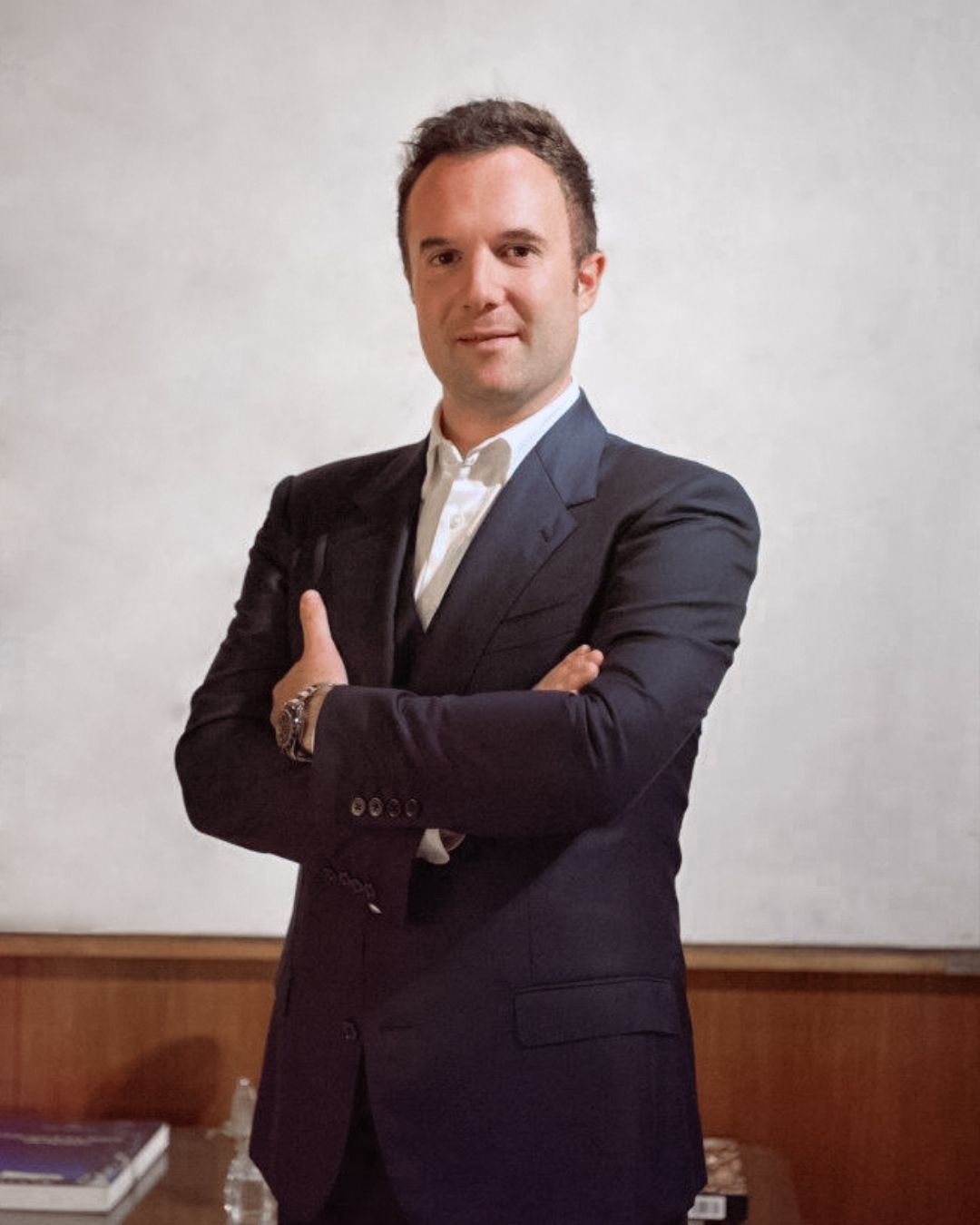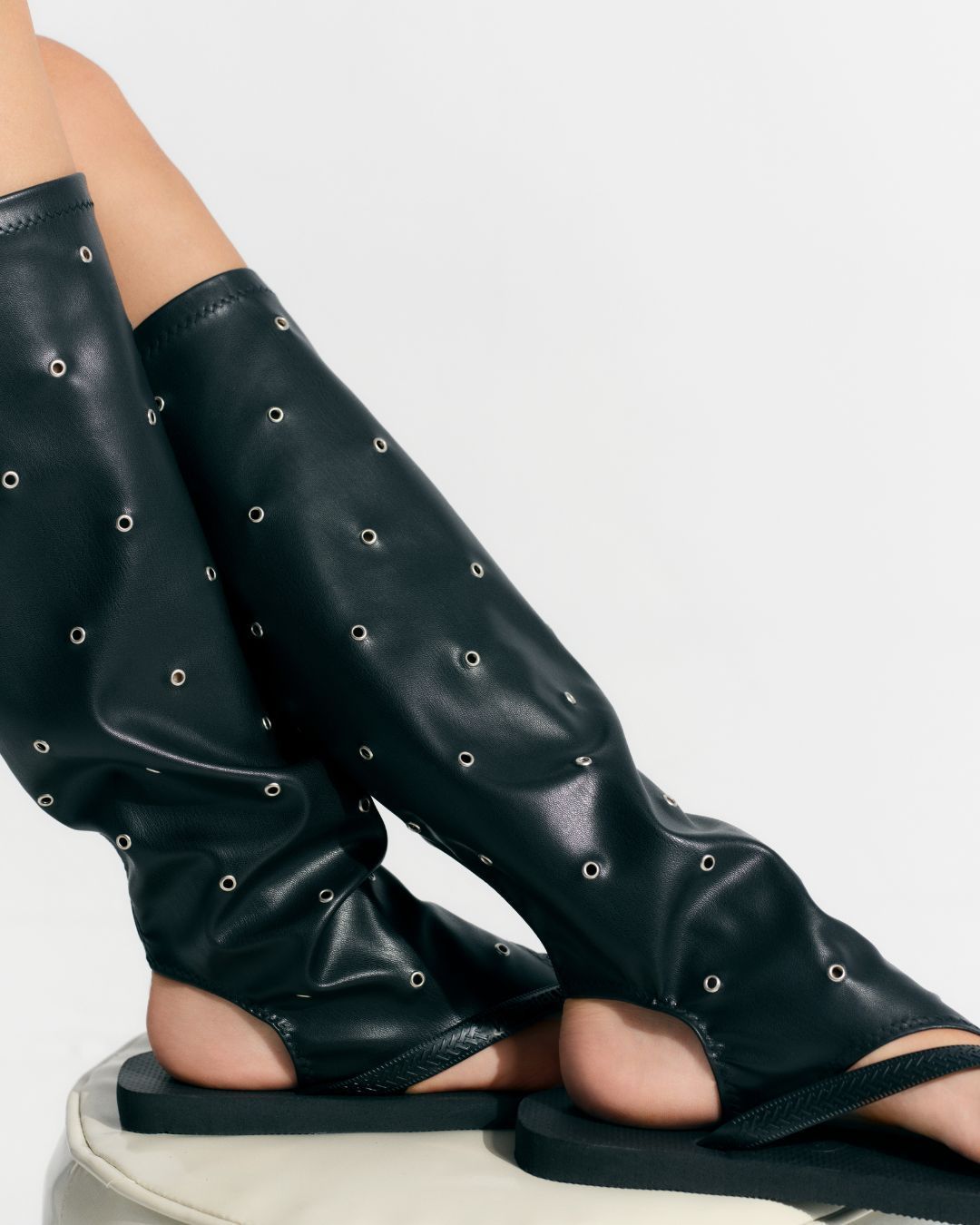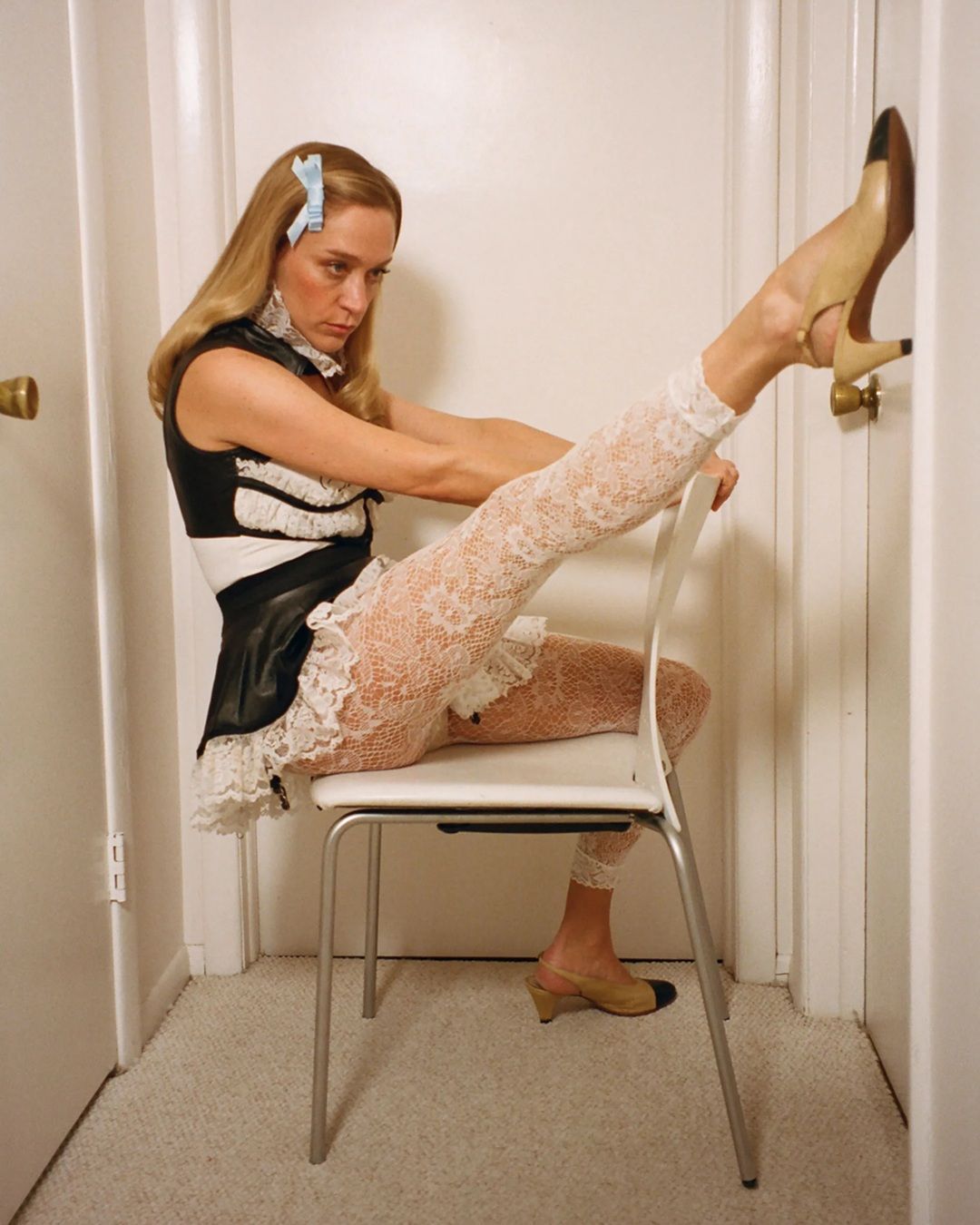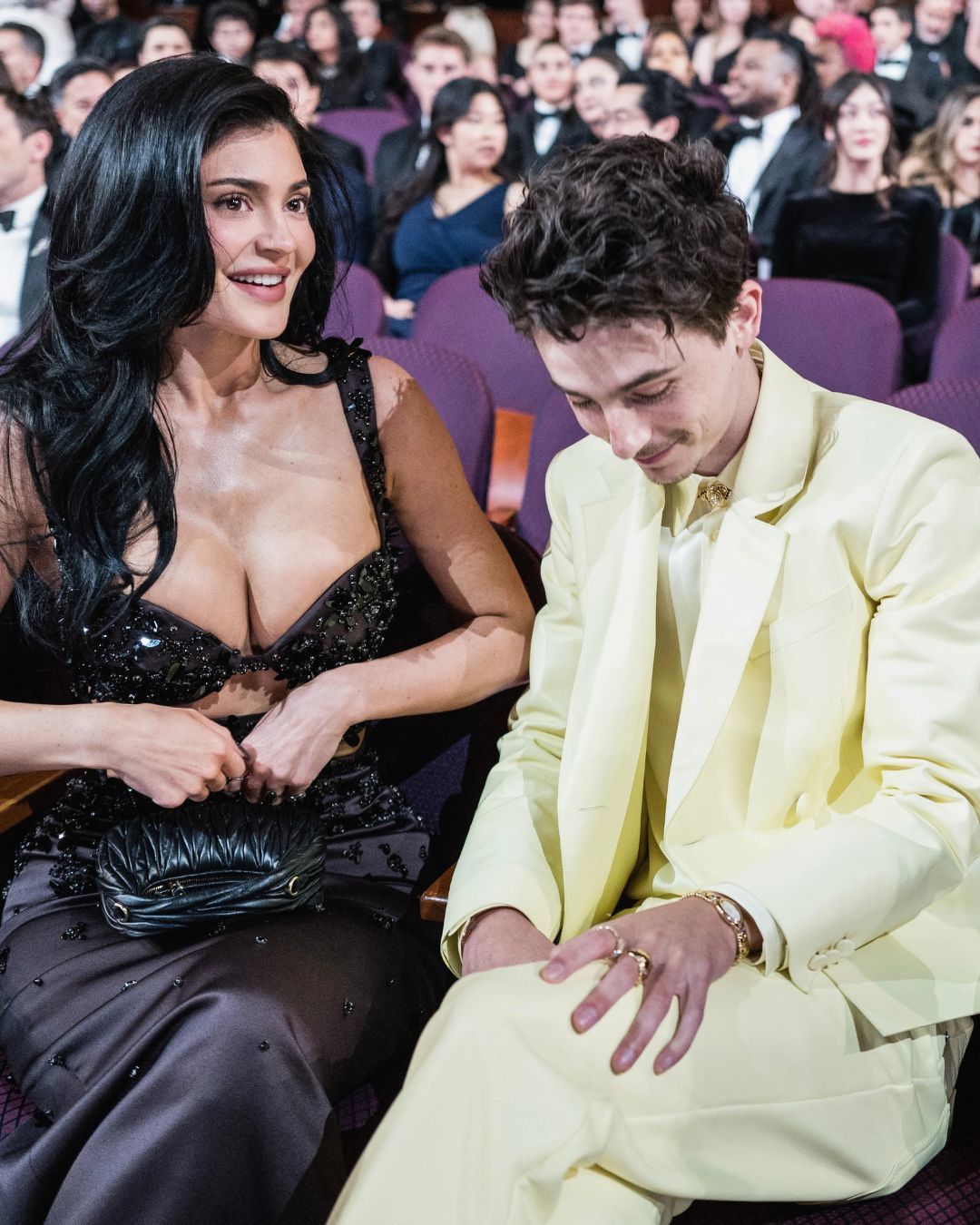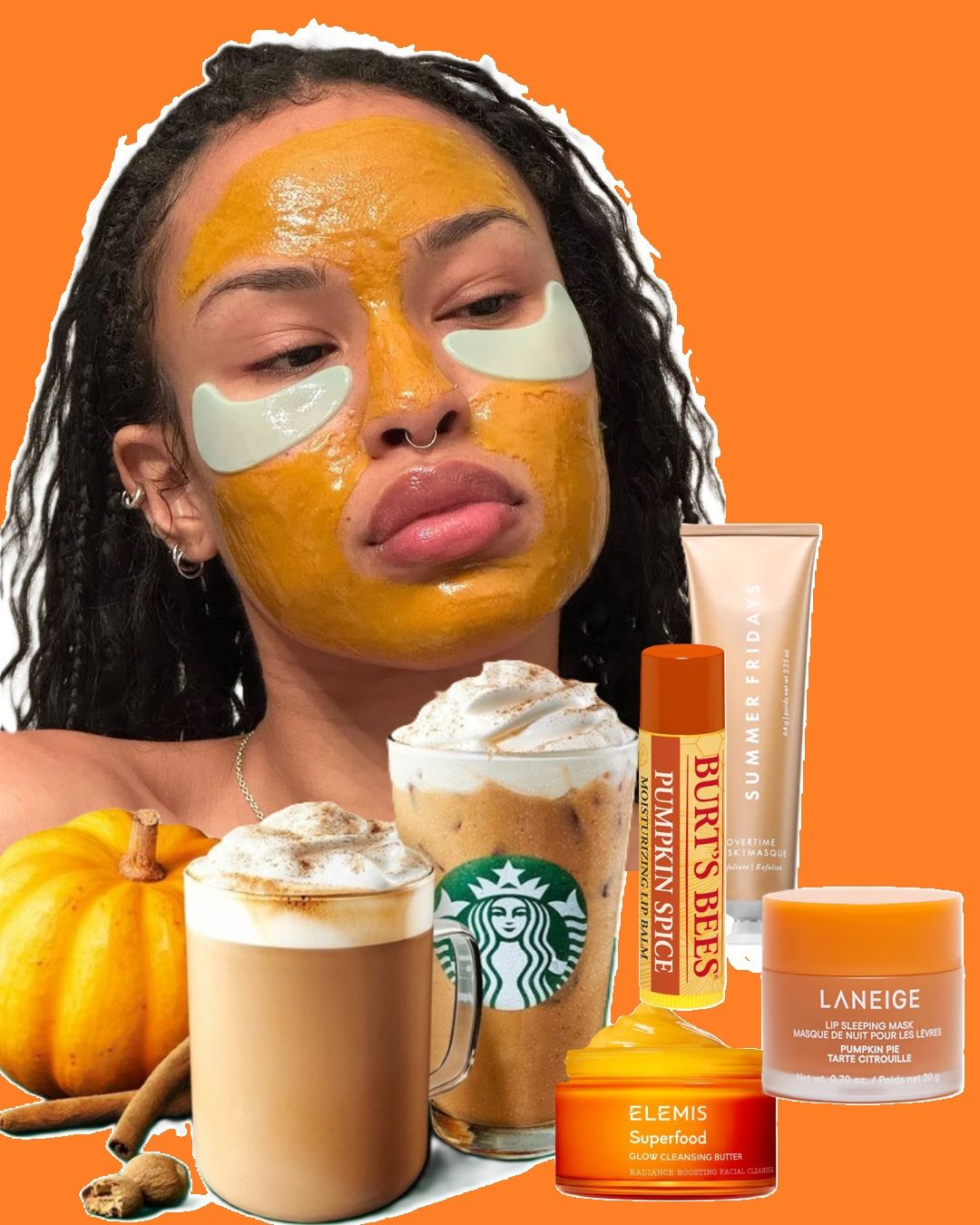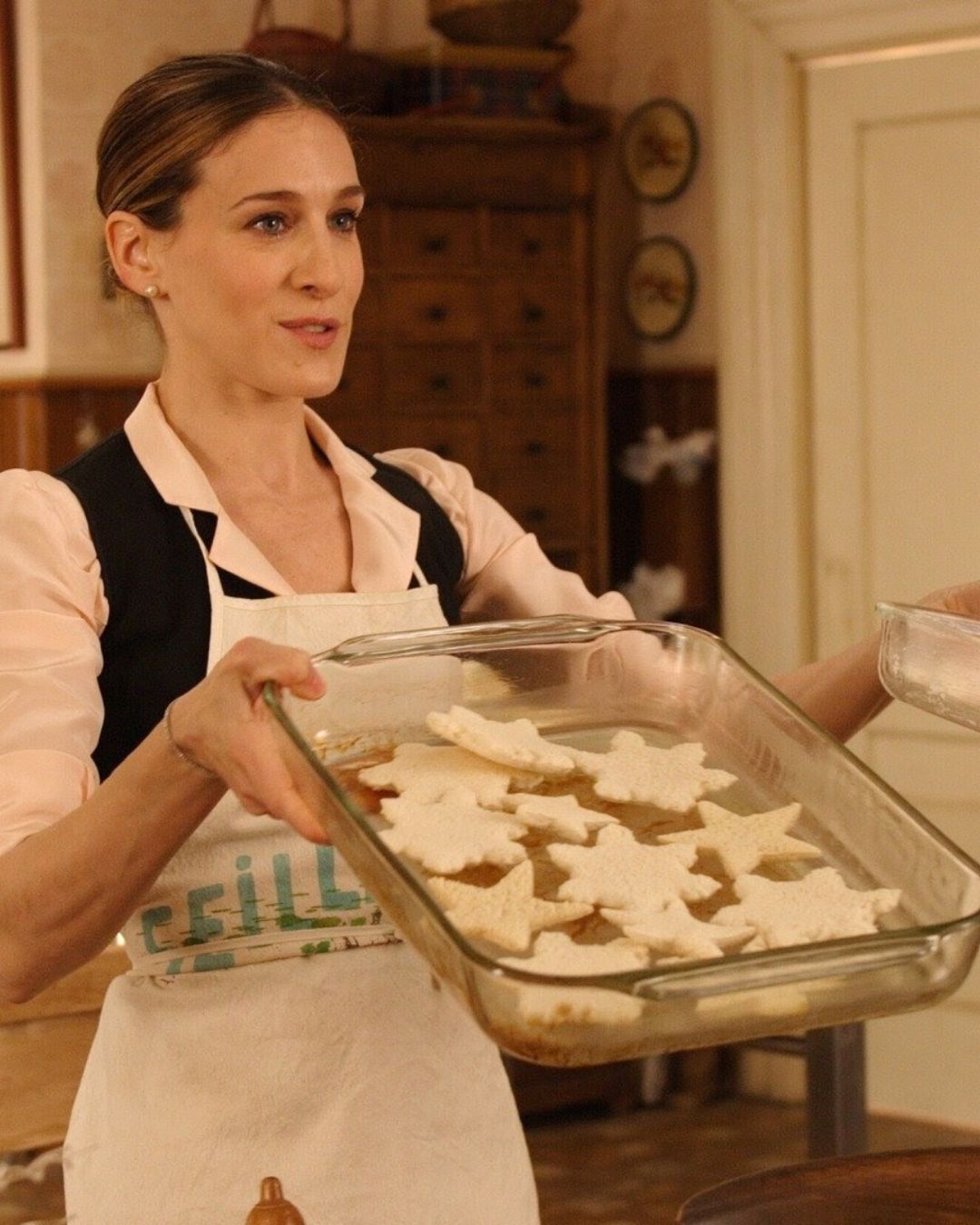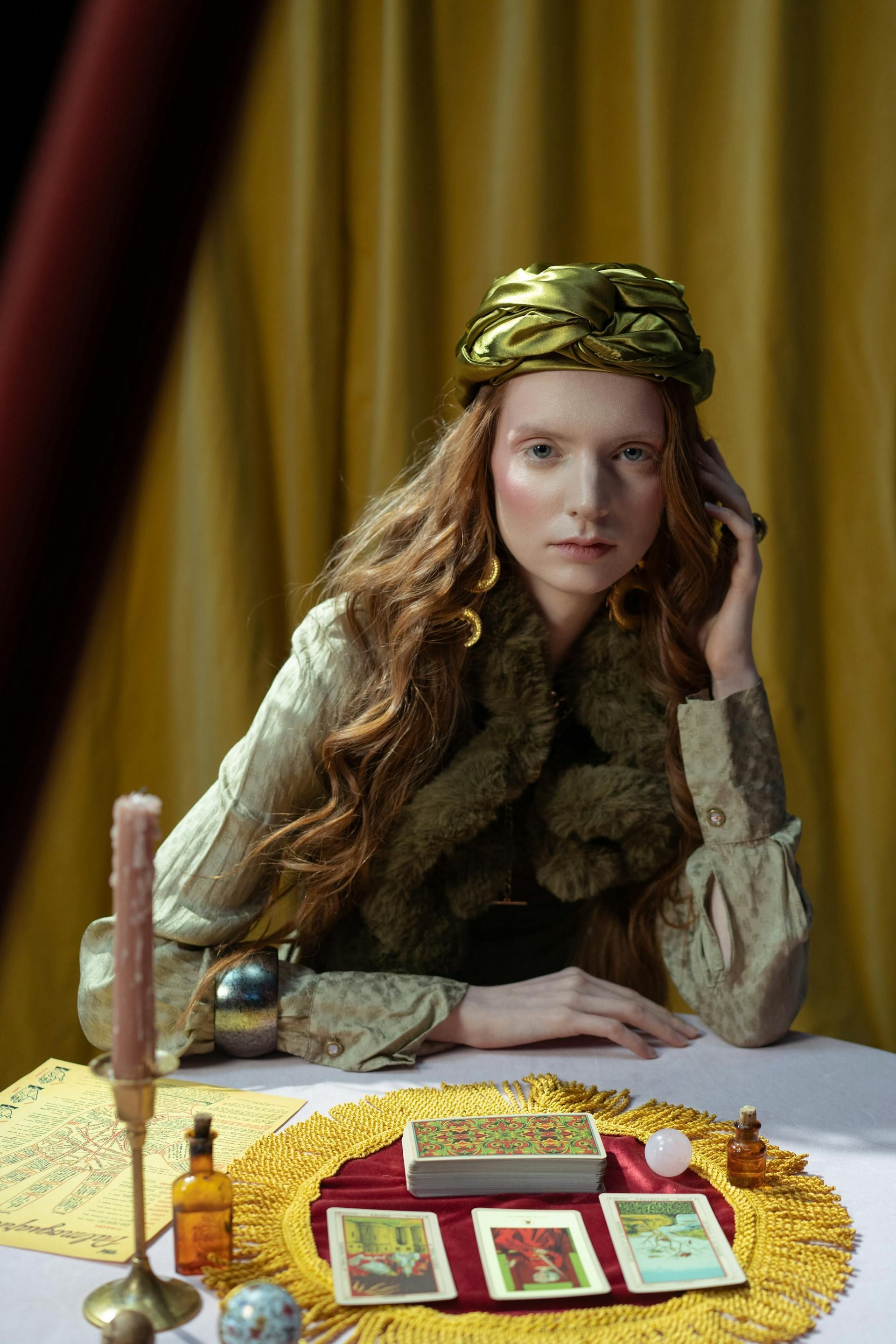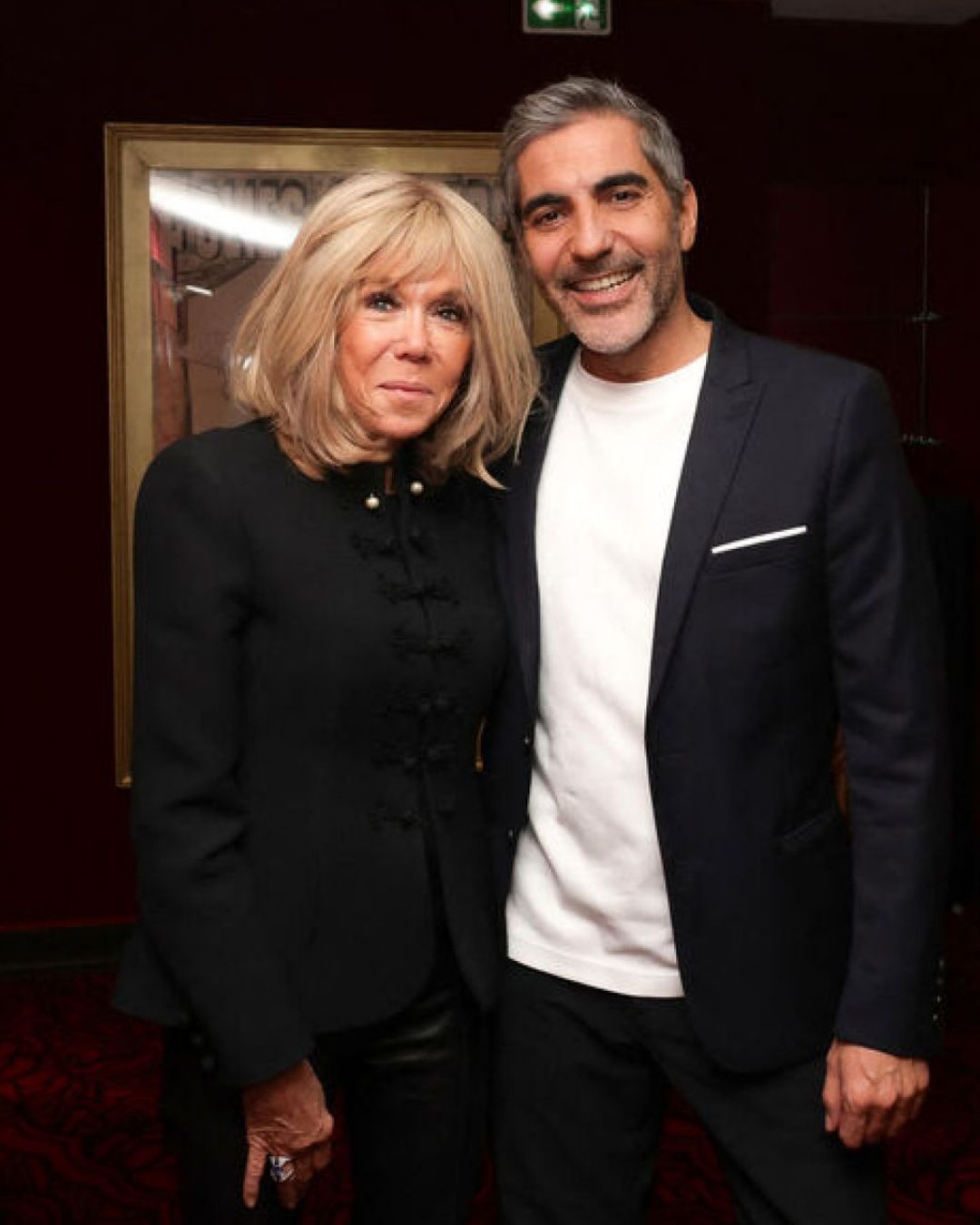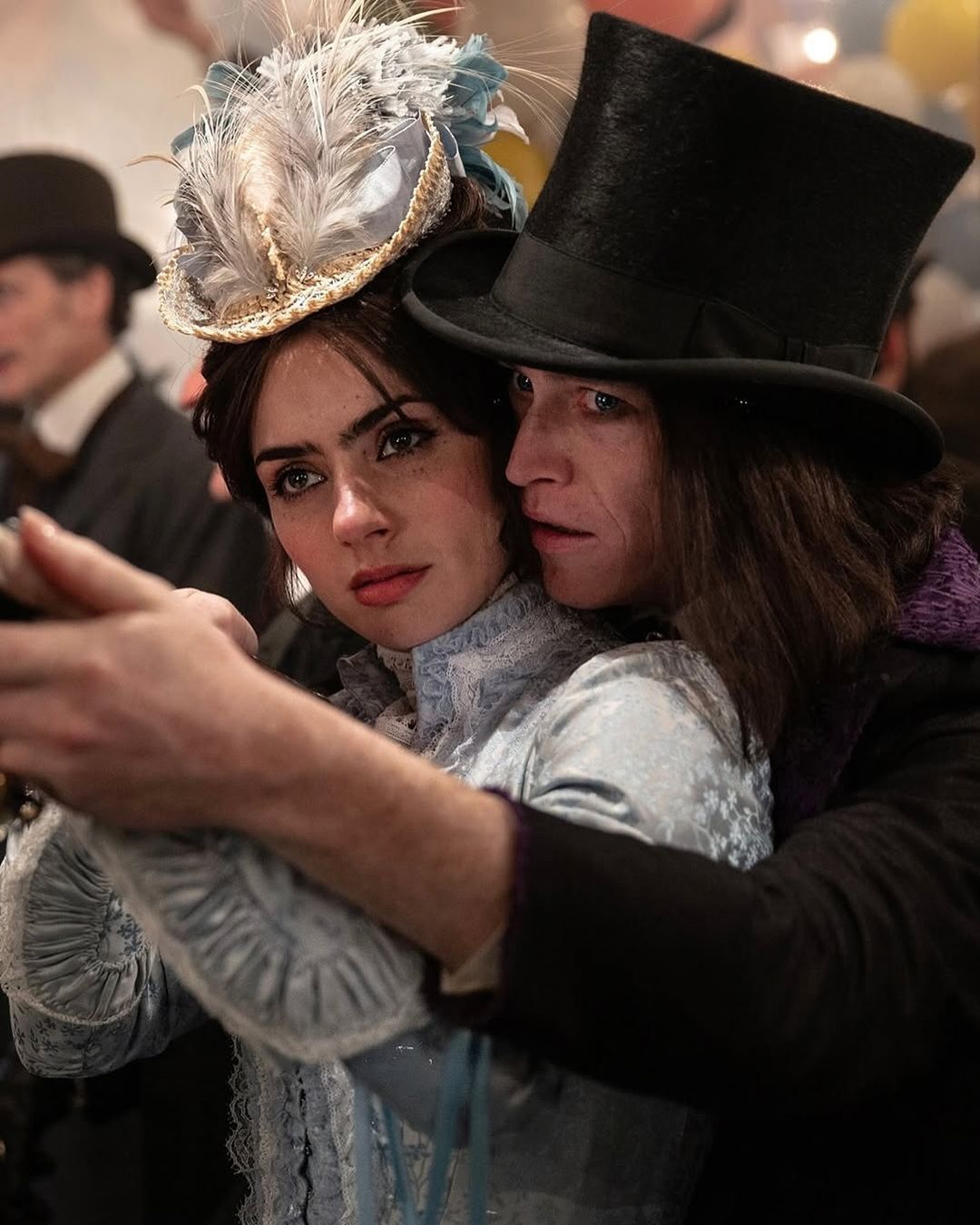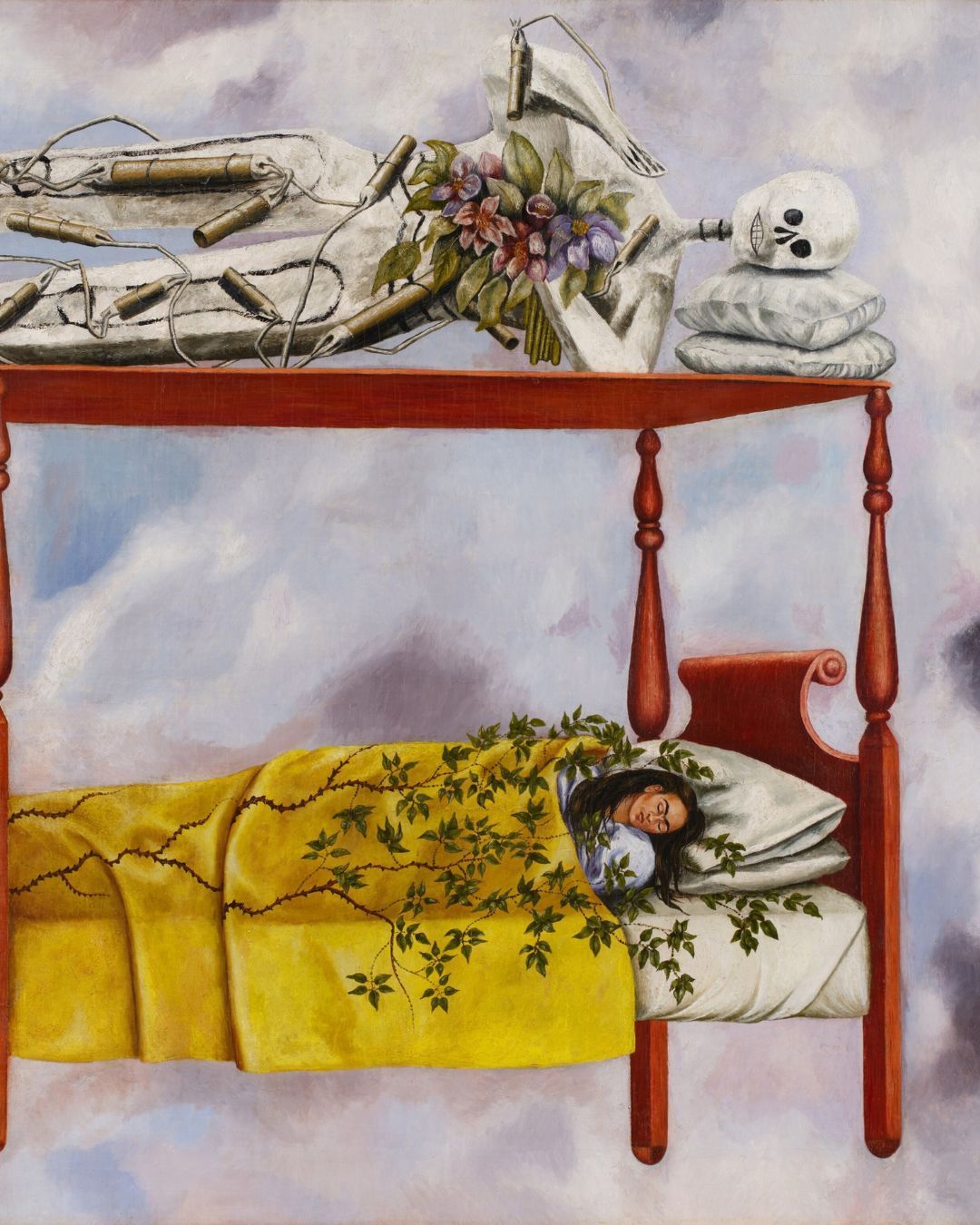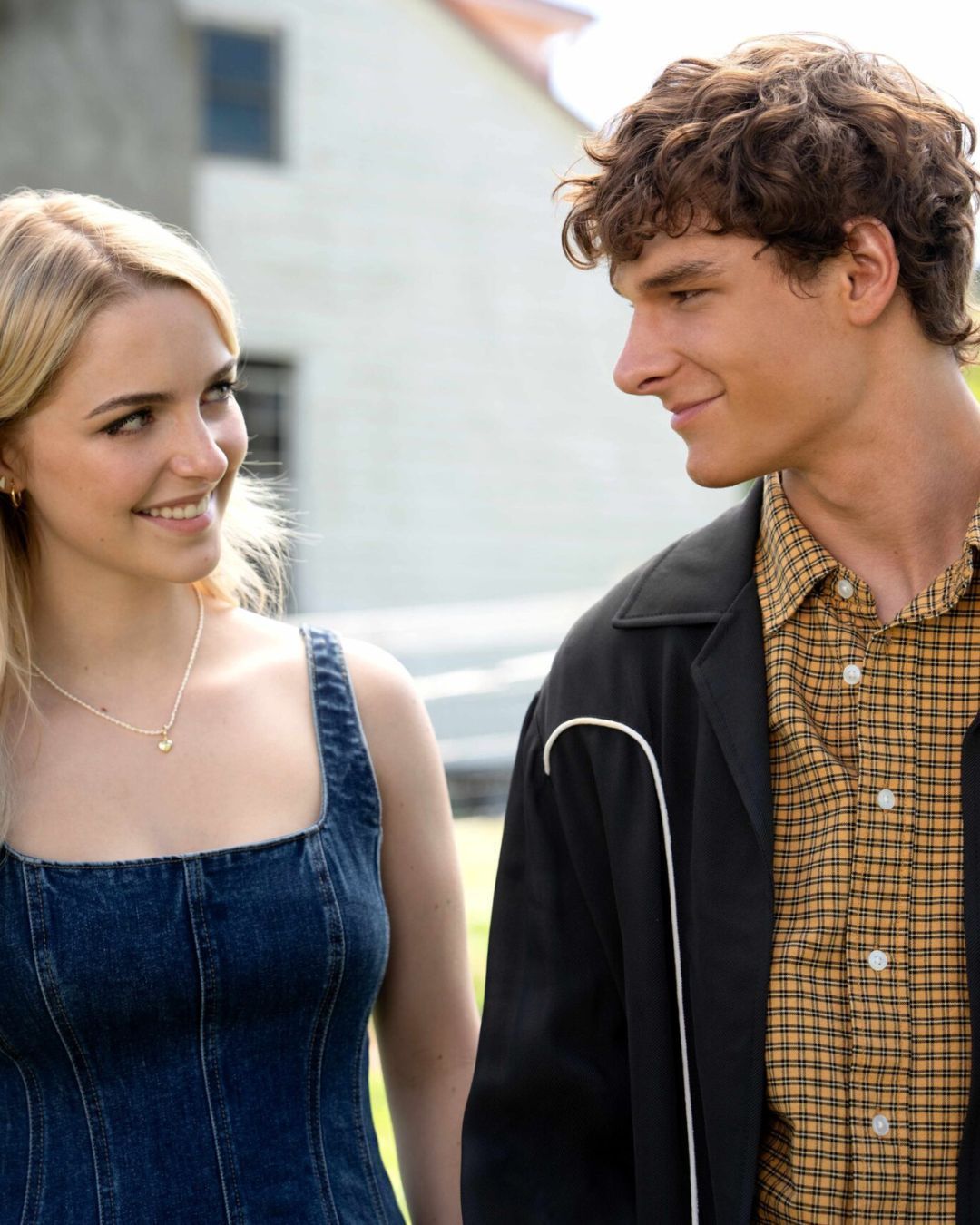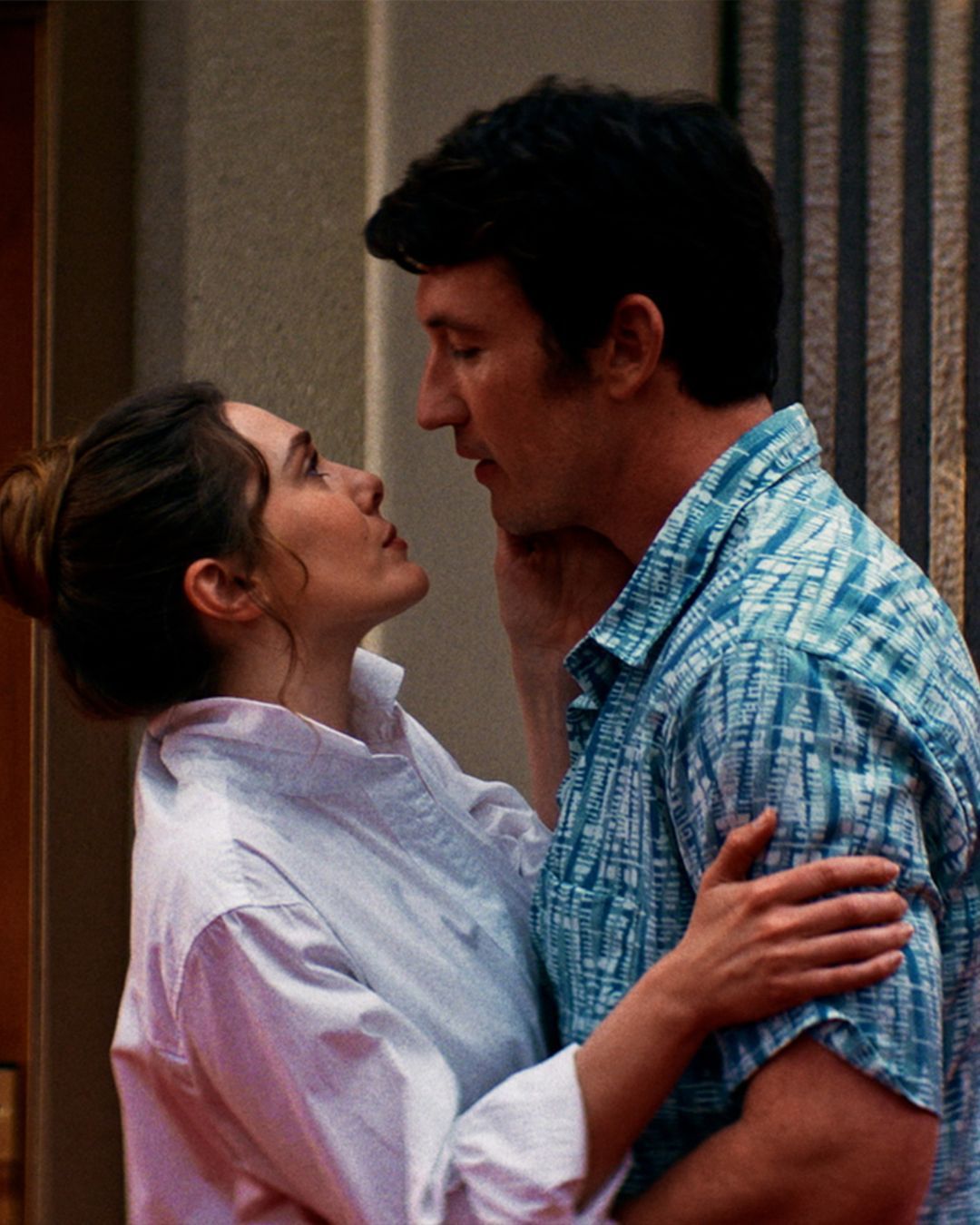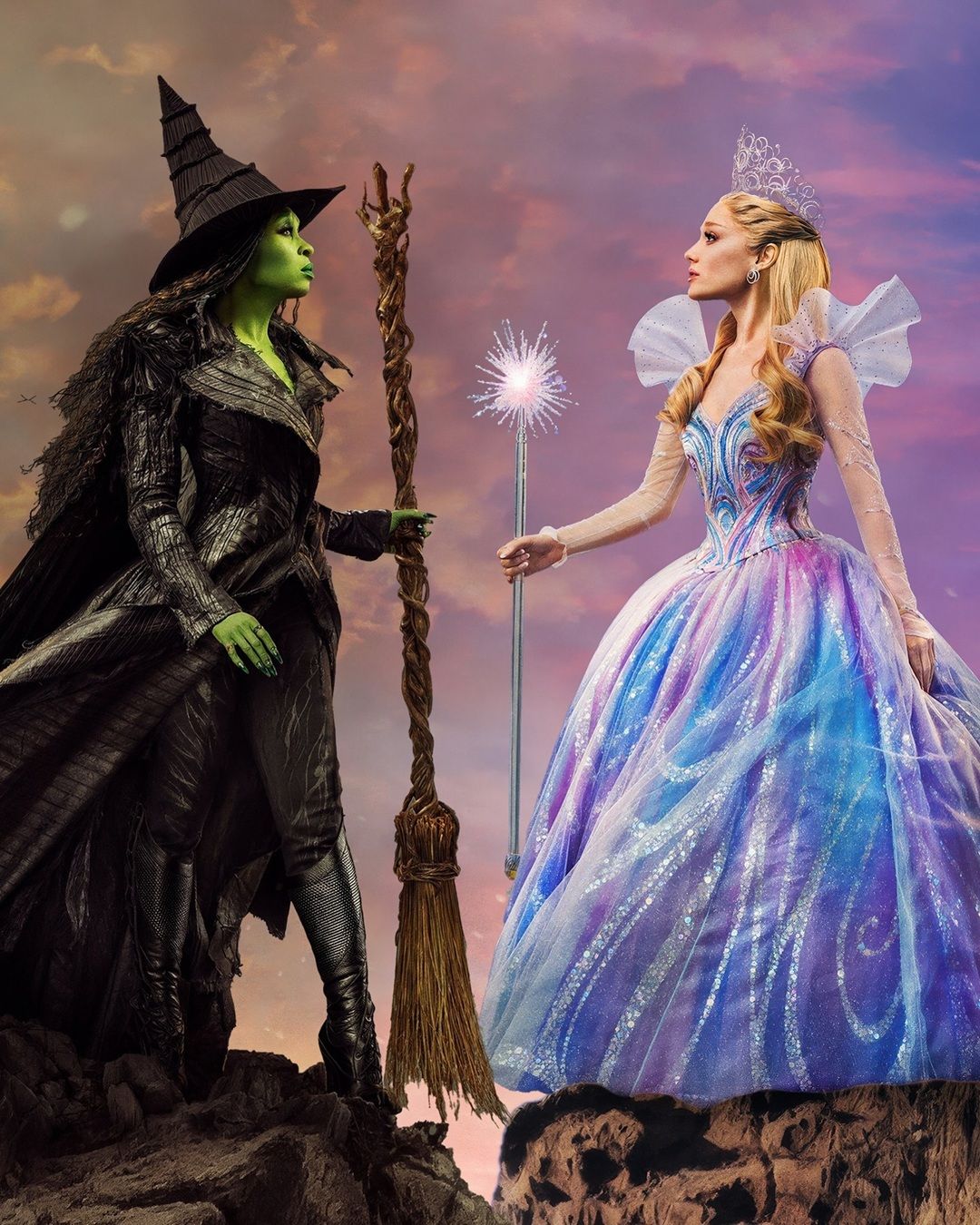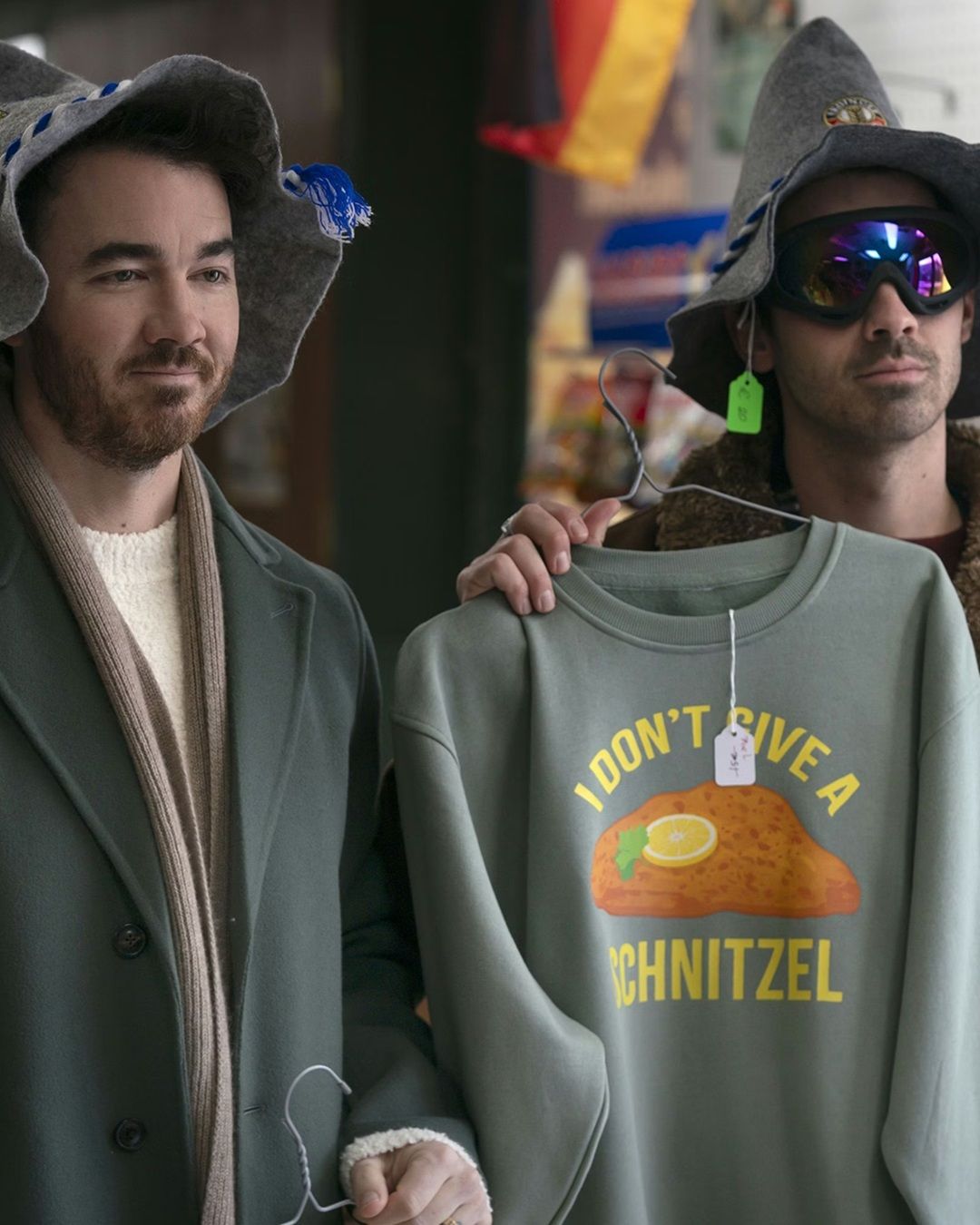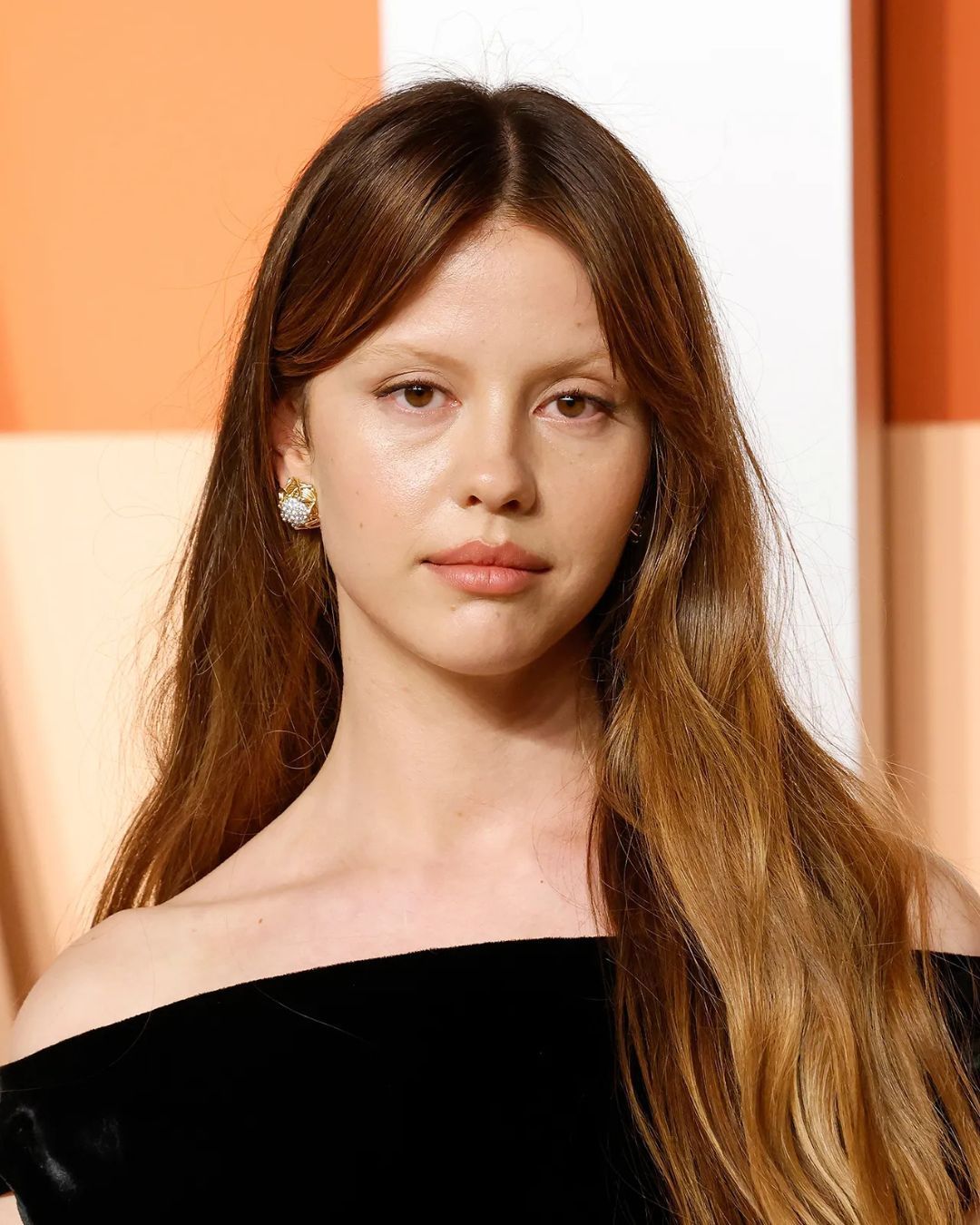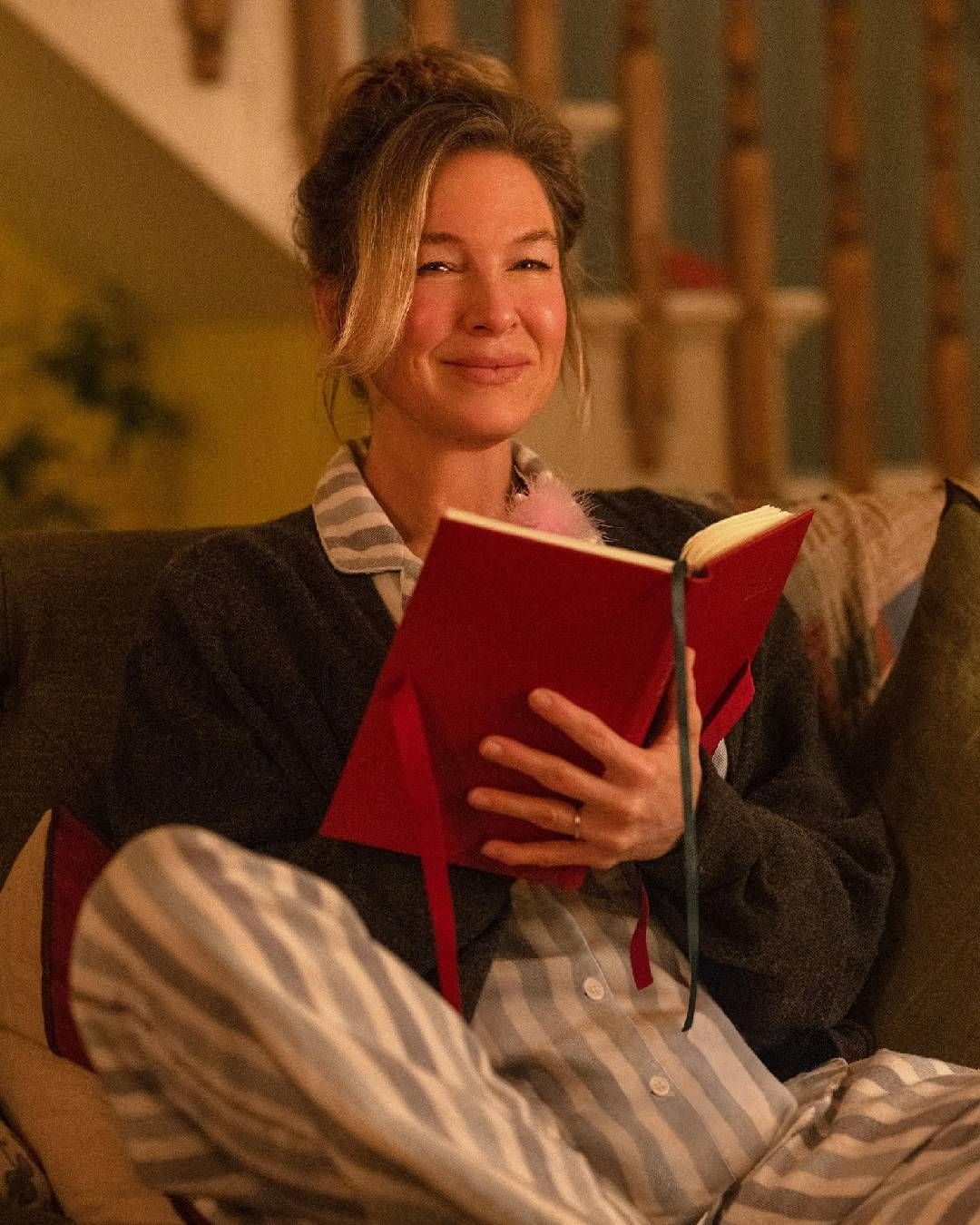
How much does Botox influence a film star's performance? From films to series, the issue is not so recent
In 2008, a film was released in which an old movie star portrayed an aging wrestling star, creating a vivid connection between on-screen and off-screen life. The work is The Wrestler by Darren Aronofsky, and its protagonist is Mickey Rourke. A surprising overlap between the professional lives of the actor and his character, about which Bruce Springsteen personally wrote a song, taking the title from the film and dedicating it to his friend, the actor. And to think that, at first, he wasn’t even the first choice. Nicolas Cage was initially considered for the role, was cast, and then left the project, but the film truly found its lifeblood with Rourke’s casting, whose cinematic relevance had waned over time, both due to the reckless path his life had taken and the evident transformation of his appearance. It was in 1995 when the actor first appeared at a public event with a refashioned face. The plastic surgery he had undergone was evident, and from that point on, it would define and accompany all the actor’s appearances, professional and otherwise, of 9 ½ Weeks. A physical change that affected the actor’s career, which is central in Aronofsky’s film, which won the Golden Lion at the Venice Film Festival, and for which Mickey Rourke was nominated for an Oscar and won the Golden Globe in 2009.
Name a great performance that doesn't get talked about that much these days.
— Big Stargazer (@bigstargazer99) November 25, 2024
I like Mickey Rourke in "The Wrestler." pic.twitter.com/3rwmFBoV2i
But what happens when we watch The Wrestler? And why does that face, which underwent various transformations from the mid-90s to 2008, not have the same effect as when we look at Mickey Rourke in The Palace by Roman Polanski? The fact is that in Darren Aronofsky’s work, the actor’s presence, including his face, so altered and far from its natural state, perfectly fits the story the director is telling. It’s the last chance an old wrestler gives himself to finally hang up his trunks and maybe even win back his daughter. Rourke has a mask that fits perfectly with the narrative, but after the shoot, he can’t just put it away in the dressing room. It’s his face, swollen and ruined, that works in that specific way, under that specific direction, to convey that specific message. It’s almost like it’s Rourke’s last battle, as after The Wrestler, he continued to work, but not in top-tier roles—his return to the world of Sin City and his role as a villain in the MCU's Iron Man 2 aside.
@michaelpavano Front hair strands always in the way #nicolekidman #parody #impression #comedyvideo #fypシ #babygirl Father Figure (Featured in 'Babygirl') - George Michael
Looking at Mickey Rourke in The Wrestler is part of the story, just as it happens with Nicole Kidman in Babygirl and the explanations the film gives, albeit subtly, about Botox. CEO of a large company, devoted wife and mother, for the protagonist Romy, always looking presentable and adhering to the beauty standards imposed is an unspoken rule, yet clear to anyone watching the film, and which the director and screenwriter Halina Reijn manages to convey, without it ever being explicitly stated. The injections she gets are also part of a routine that is now normalized when it comes to aesthetic adjustments, as if it were a common practice that people are used to and talk openly about, much more than they did in the past—a thing missed by Patty Pravo, who only in 2022, in an interview with Belve, claimed to never have had surgery. But, unlike Aronofsky’s film and its protagonist’s appearance, with Babygirl, the audience was less lenient towards Kidman, precisely because what is openly discussed in The Wrestler is more hidden in Reijn’s work. The elephant in the room that no one mentions—but to be fair, Babygirl does address it—is the semi-unrecognizable faces of stars who are supposed to pass for “normal.”
A question that cinema seems to have raised recently, as the website Dazed questioned in the article Is Botox ruining cinema?, but in reality, it has much deeper roots than the recent history of audiovisuals and has been troubling the public since at least the early 2000s. A 2009 piece from HuffPost asked what made No Country for Old Men different from many films released during that period, and found the answer in the expression lines of its protagonists Javier Bardem, Tommy Lee-Jones, and Josh Brolin. As if the film were an anomaly in the world of cinematic and television faces, offering a truth that had been lost elsewhere. And that’s exactly what this is about: authenticity. Around the issue of cinema and series in relation to Botox and cosmetic surgery tweaks, there is a serious discussion to be had, on which people within the industry have always expressed their opinions. But it’s a dog chasing its tail.
@doctor.devine Is botox becoming the ‘new normal’? Let me know in the comments what you think… #botox #annehathaway #fyp #foryou #botoxtok #drdevine #botoxtalk original sound - Doctor Devine
Although more than twenty years ago, directors like Martin Scorsese and Baz Luhrmann complained about actors undergoing some small interventions (hypocritical, coming from the creator of Elvis?), and The Guardian pointed out to actors not to overdo it with the tweaks in the piece Actors warned to keep off the Botox (it was in 2003!), the entertainment industry did not help ensure roles for everyone, particularly women over forty. Let’s even say thirty. A loop in which Hollywood seems stuck, where actors are expected to stay away from any alteration of their features, but not expanding the possibility of roles and characters, especially for women who have passed the threshold considered acceptable by cinema and seriality. The same threshold that, at a certain point, only offers mother roles—to say nothing of grandmother roles.
Some still manage to break free from the chains of conventions, despite the evident changes in their faces. Of course, they find solutions to strike a balance, like Jennifer Coolidge, who has made it a signature of her career, where from the comedy 2 Broke Girls, but especially in the show The White Lotus, she has made her appearance an essential part of her characters and the way she plays them. Then there are those who, on the other hand, cannot do anything about it and must instead endure the often unpleasant comments that await them. This was actually the case for Kristin Davis when she resumed the role of Charlotte York in the sequel series And Just Like That. Carrie Bradshaw’s friend, played by Sarah Jessica Parker - who claims to have said no to Botox and even regrets not getting a facelift at forty-four - Davis’s Charlotte had to face a tsunami of comments and insults that she felt compelled to respond to, even bringing the issue of ageism in Hollywood back to the conversation. «It’s a challenge to remind myself that I won’t look like that forever,» she told The Telegraph referring to the days of Sex and the City. «I’ve done fillers and it went well, I did some more and it went badly. I had to dissolve them to try to limit the damage and I was ridiculed nonstop. It’s very stressful. The comments were harsh, I was in shock.»
It must also be said that it was difficult for viewers to face a face that had evident difficulty in conveying any emotion. But the media shame endured by Davis shows us that there’s no escaping it: if you age, it’s not good because it’s too obvious, if you adjust yourself to look young forever, it’s not good because… it’s too obvious. A world where you can’t even get hurt – and we mean really, really hurt – without people starting to make jokes or criticize you. Zac Efron knows this well, or rather, he only realized it after his mother called him, seeing the speculations online about the strange shape his jaw had assumed – comments he, he stated, had no idea about until they were reported by his mother. To this day, we all more or less know it was a blow caused by a fall against the granite edge of a fountain, but it took little time for people to rally against the supposed cosmetic surgery the actor may have undergone. The swelling, according to reports, even increased after intensive facial physiotherapy.
@reelcomics ZAC EFRON FACE TRANSFORMATION #zacefron #ironclaw #face #cinema #didyouknow Frank Saint - Slowed - core²
The issue is that Botox has often become a hindrance for some during the viewing of films and TV shows. An obstacle that prevents fully enjoying what you’re watching. It doesn’t matter so much how well or poorly someone has been altered, but it’s about staying fixed on that thought, on that wrinkle that doesn’t move, and the light spread on the face to erase shadows and features. It’s like with the fourth chapter Bridget Jones – The Edge of Reason. Although the rom-com is a simple and lovely gift Renée Zellweger gives us by returning to the role of the sentimental heroine, between dating apps and school runs, sometimes during the film you get distracted staring at the protagonist's too high cheekbones and wonder where her eyes, now like two pins, have gone. There are other cases, though, where the viewer might pretend such adjustments are necessary for the character, that they are part of their very characterization. Think of Catherine Zeta-Jones as Morticia in the Netflix series Wednesday. It’s hard to believe her face is all natural, but in the world of Tim Burton, little matters.
Catherine Zeta-Jones as Morticia Addams (2022) pic.twitter.com/7jxBvNV7gJ
— Laura (@LHKofficial) January 15, 2024
Perhaps in today’s cinematic and serial universe, plastic surgery is no longer the same as it was ten or twenty years ago. Now, fillers and some less invasive adjustments can accommodate the aesthetic demands Hollywood requires without “ruining” the stars, as happened to Meg Ryan or her colleague Melanie Griffith. And if it’s thought to be just a female weakness, it’s worth remembering that even actors like Al Pacino, Tom Cruise, and even Clint Eastwood – apparently, the latter occasionally, years ago, smoothing out those wrinkles we all know well – may not have escaped it. Not to mention Robert Redford, who in The Old Man & The Gun manages well, but it’s hard to forget the facelift from Truth – The Price of Truth in 2015. Among the recent ones, it’s also hard to tell if it’s to immerse himself fully in his work or simply giving in to a small temptation, there’s Ryan Gosling, whose speculations about fillers and Botox have been going on since Barbie and continued for his performance (as well as public appearances) in The Fall Guy. Though, in the end, the actor shouldn’t care too much about what people think of a little tweak, since they’ve been reprimanding him for years for having only one expression.







